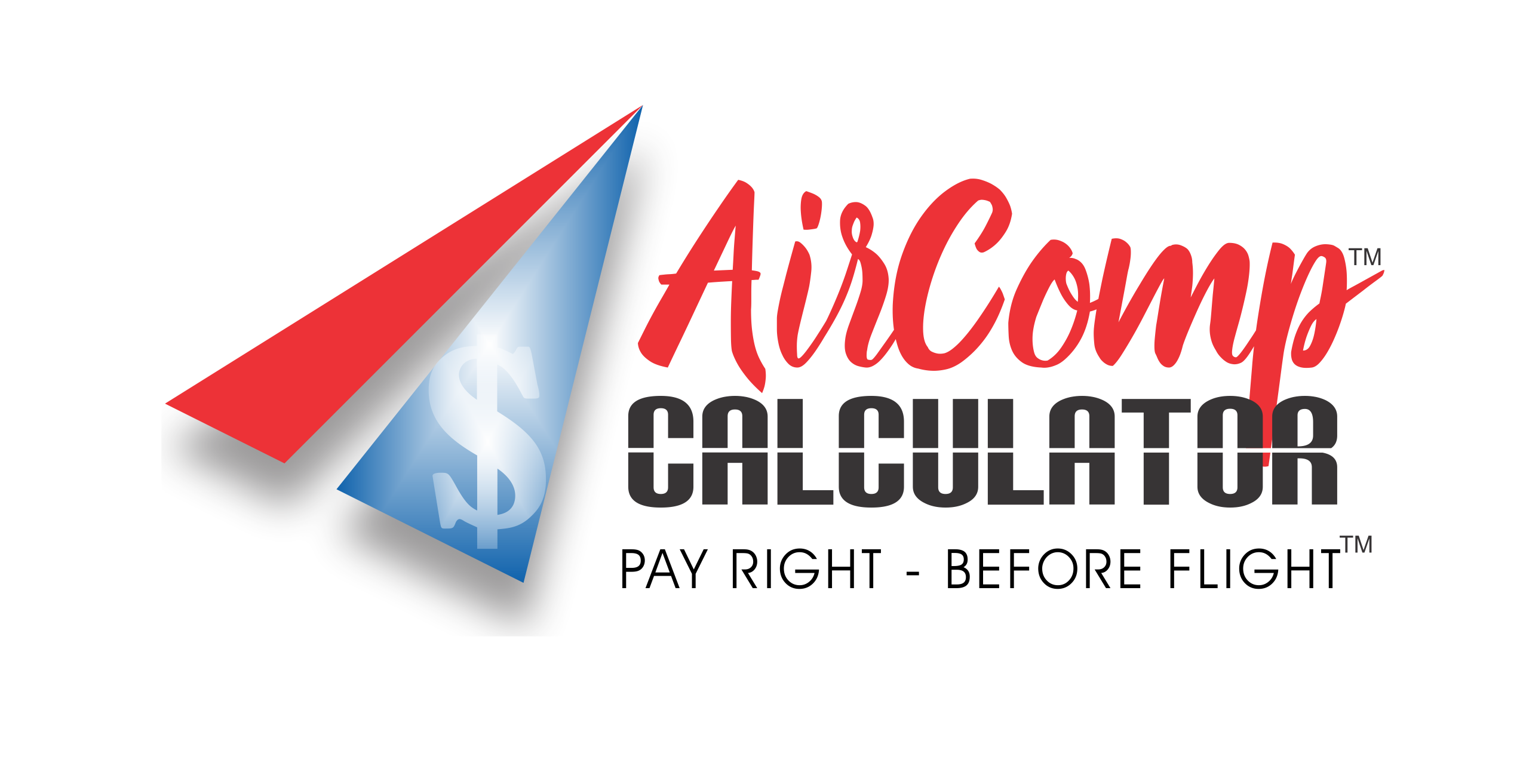Christopher M. Broyhill, Ph.D., CAM
Continuing the series on business aviation compensation by typical positions within a flight department, this week we'll examine compensation increases for position of Chief Pilot. The data below comes from multiple, statistically valid surveys. As we go through the various positions in this series, you'll see that jobs are priced differently and the corresponding increases can vary accordingly. You will also notice that increases will vary depending whether we're examining base salary versus total cash compensation, or average compensation versus the 75th percentile. As a rule, however, pilot positions, chief pilot, senior captain, and captain, have seen the greatest increase over the five year period we'll be examining.

From 2015 to 2019, average chief pilot base salary increased from $142,850 to $176,230, a gain of just over 23.4%. During the same period, 75th percentile chief pilot base salary increased from $171,818 to $201,498, a gain of 17.3%.

We see a parallel trend when we examine total cash compensation. Average chief pilot total cash compensation increased from $159,833 to $201,585 from 2015 to 2019, a gain of just over 26%. 75th percentile total cash compensation increased from $195,217 to $237,628, a gain of 21.7%.
In comp analysis, it is not uncommon to see trends where higher percentile comp (e.g. 75th and 90th percentiles) increases at a lower percentage rate than the average level over time. This occurs for quantitative and quantitative reasons. The quantitative reason is a function of the math. When compensation levels start higher, increases have to be proportionately larger to maintain equal percentages to increases at lower levels, which means the raw dollar value of the increase must be significantly higher than the same percentage at a lower comp level. The qualitative reason is about the employers and personnel in the positions. Companies that pay at higher percentiles tend to have less turnover and don't typically need to increase compensation levels at the same rate to retain personnel as companies that pay less. Additionally, in many cases, personnel paid at the higher percentile level are highly motivated and experienced, and tend to be loyal to their employers. It is important to note that paying at the 75th percentile is widely recognized as an industry best practice.
Next week we'll look at Senior Captain and Captain together and we'll see how these two positions can cause difficulty in comp analysis by the way in which they are defined and filled. Stay tuned!
